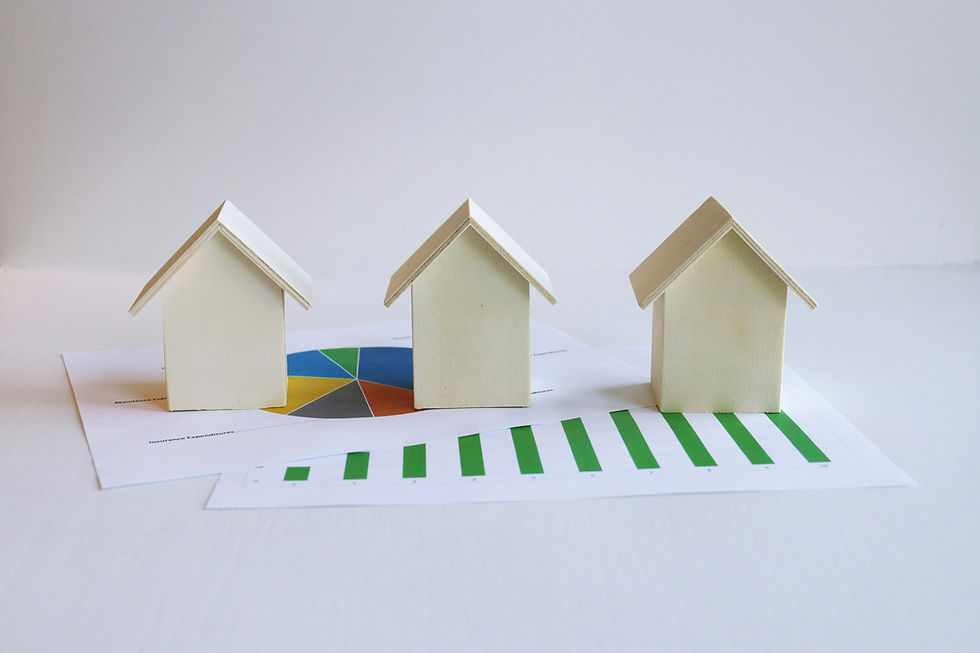Eco-Friendly Home Tips
- michellesuperbinth
- Oct 18, 2024
- 2 min read

Creating an eco-friendly home is a great way to reduce your environmental footprint while also promoting a healthier living space. Here are some tips to make your home more sustainable:
1. Energy Efficiency
🌍Install LED lighting: LED bulbs consume less energy and last much longer than traditional incandescent bulbs.
🌍Use smart thermostats: These devices help regulate your home’s temperature efficiently, saving energy by adjusting based on your daily routine.
🌍Seal windows and doors: Draft-proofing your home helps retain heat in winter and cool air in summer, reducing energy costs.
🌍Solar panels: Consider installing solar panels to generate renewable energy for your home.
2. Water Conservation
🌍Low-flow fixtures: Install low-flow showerheads, faucets, and toilets to reduce water usage.
🌍Rainwater harvesting: Use rain barrels to collect rainwater for irrigation or other non-potable uses.
🌍Fix leaks: Leaky faucets or pipes waste a significant amount of water over time.
3. Sustainable Materials
🌍Eco-friendly building materials: Use sustainable materials such as bamboo flooring, recycled glass countertops, or reclaimed wood.
🌍Non-toxic paint: Opt for VOC (Volatile Organic Compounds)-free paints to improve indoor air quality.
🌍Insulation: Choose eco-friendly insulation made from materials like cotton or wool, which have a lower environmental impact than synthetic options.
4. Waste Reduction
🌍Composting: Set up a compost bin for food scraps and yard waste to reduce the amount of waste sent to landfills.
🌍Recycling: Ensure you have a proper recycling system in place for paper, plastics, metals, and glass.
🌍Reusable products: Invest in reusable items like cloth napkins, shopping bags, and water bottles to cut down on single-use plastics.
5. Energy-Efficient Appliances
🌍Energy Star-rated appliances: When replacing appliances, look for Energy Star ratings, which indicate they use less energy and water.
🌍Unplug electronics: Even when turned off, devices like TVs and chargers continue to draw power. Use a power strip to easily unplug everything when not in use.
6. Indoor Plants
🌍Air-purifying plants: Certain plants, such as snake plants, spider plants, and peace lilies, improve air quality by filtering toxins.
🌍Vertical gardens: If space is limited, consider vertical gardening to grow herbs, vegetables, or decorative plants.
7. Sustainable Cleaning Products
🌍Green cleaning products: Switch to eco-friendly, non-toxic cleaners that are safer for both your family and the environment.
🌍DIY cleaners: You can make your own cleaning solutions using ingredients like vinegar, baking soda, and lemon, which are effective and environmentally friendly.
8. Natural Ventilation & Lighting
🌍Maximize natural light: Use large windows and light colors to brighten your home without needing artificial lighting during the day.
🌍Cross-ventilation: Encourage natural airflow by opening windows on opposite sides of your home to reduce the need for air conditioning.
By incorporating these eco-friendly tips, you can create a more sustainable home environment while also saving on energy and water bills!





Comments